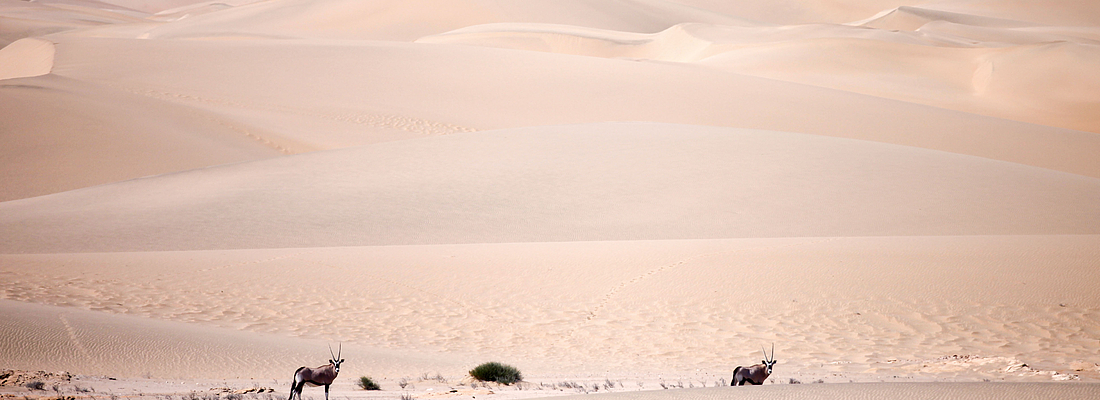

Often referred to as the land of contrasts, Namibia captivates visitors with its unspoiled nature, endless horizons and breathtaking landscapes and not at last its kindhearted people. Initially wanting to stay for two years or so, I have been living here for more than 12 years and consider the country as my home now. These are the reasons why I fell in love with this country.
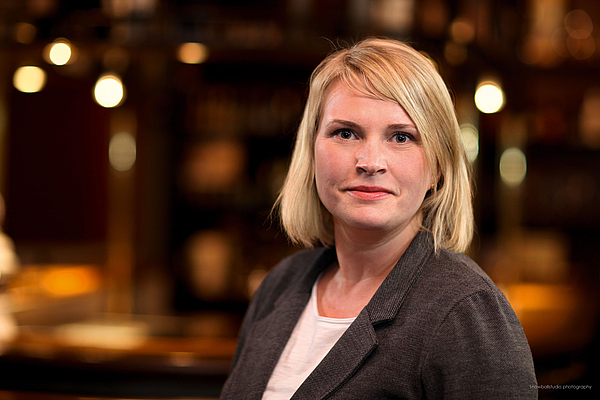
No limits
Approaching the Hosea Kutako International Airport in flight, the first thing a visitor can spot when looking out of the window after you have passed the popular Etosha pan, is a great big nothing. No houses, no villages or cities, no highways, no warehouses, just endless farmland and a few bushes and trees. Those who have visited the country already might perhaps remember a certain thrill when initially not having been able to spot the landing strip of the airport. There is no place like this where one can truly encounter being alone and not to be surrounded by anyone. Some tourists experience this kind of peace and silence as frightening at first but for me this is just one of many reasons why I love this country.
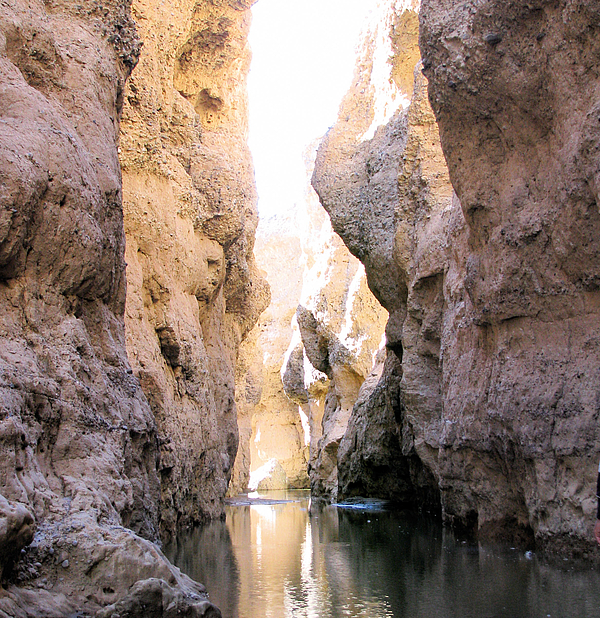
Afrikaans
Many of my German/Namibian friends, whose families have been living here for generations, like my friend Stephan Redecker, who took the beautiful pictures grew up with their parents and learned German at home, while English was taught in school and Afrikaans on the street. However, Afrikaans was a very difficult language for me to learn. Despite the very simple grammar, it was not easy to master. There is not a lot of help to expect from the “Afrikaners”, who being very proud of their fascinating language and heritage, somehow seem to think that Afrikaans should be a mandatory first foreign language in schools everywhere. I had to swallow my pride a few times when people would burst out in laughter at my clumsy first attempts mastering this highly expressive language. But once equipped with some basics, the language opened doors and hearts, and a very unique sense of humor that comes along with it, such as:
“Ons sal ‘n plan maak”
(We will make a plan)
Truth be told: despite its relatively stable and well developed infrastructure compared to other African countries, working in the supply chain in Namibia, at times require nerves made of steel. Over the years I learned that trying to control things with the ‘German way’ won’t help the situation and will clash with the sometimes laid back Namibian attitude, at a time of crisis and urgency. What I appreciate is the pragmatic “we will make a plan” approach - whether it is the forgotten work permit for the technical expert from Germany, that was magically produced the evening before he landed, or finding a solution for the derailed malt containers stranded in the desert, or fixing the power supply of a broken water treatment plant by borrowing the one from the neighbor, Namibians will work together to find a solution.
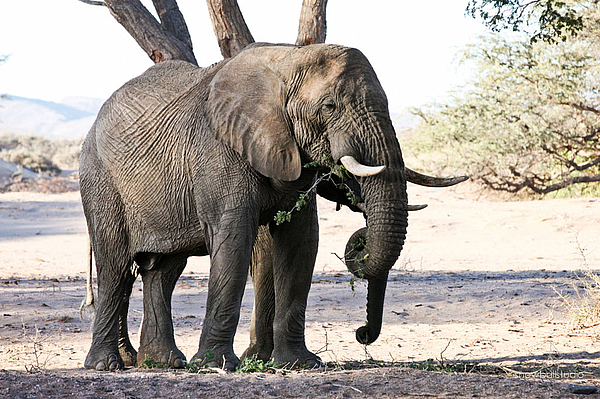
“Kom, ons sal braai”
(Let’s have a barbeque)
Namibians love to entertain guests at home. And trust me, anyone is better-off NOT a vegetarian. However, my tip for every visitor invited to a Braai in Namibia: never go there hungry. There is this weird tradition of making the guests drink and wait for the braai to start. Eventually you end up eating much later than expected. However, sharing jokes and making good conversation around the fire keeps your mind excitingly busy. Then, sometime at midnight, you are served with the most scrumptious food and best ever meat specialties. Depending on how much beer, brandy or red wine you might have had on your empty stomach, you will still be able to enjoy that meal… or not.
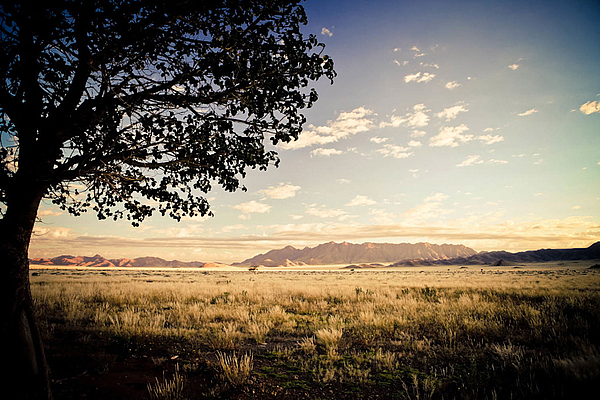
The little Five
Going on safari to see Cheetahs, Lions, Buffalos, Rhinos and Elephants is an absolutely amazing experience and should be part of every visitor’s agenda when traveling to Namibia. However, to take time to see the ‘little five’ and to learn about their highly captivating adaption to the extreme biosphere they are living in, is for me personally even more interesting. Best place to do that is in the Dorob National Park, near the coastal town of Swakopmund. Experienced local guides with a true passion for preserving this fragile ecosystem make Tourists aware of the Sand Viper, the White Lady Spider, the Sand Diving Lizard, the Palmato Gecko (cutest lizard ever) and of course the Chameleon.
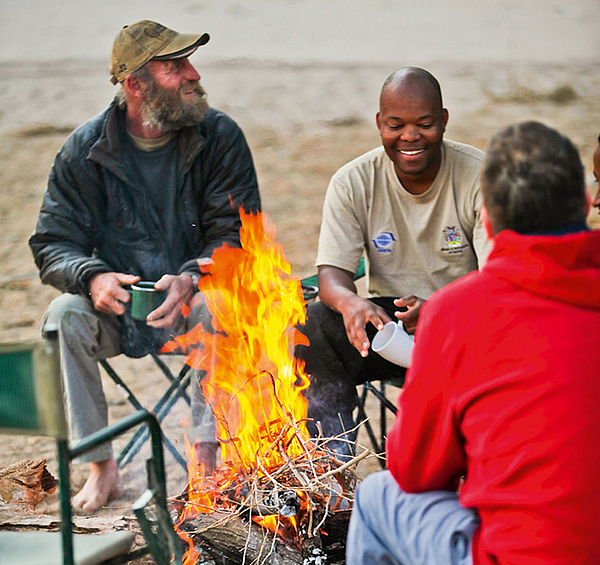
The Namaqua Chameleon
The ‘Verkleurmannetjie’ (color changing little man) is very high up on the ranks for favorite animal in Namibia, and is especially popular for its comical walk. Unfortunately this creature is highly endangered, especially lately after a big Hollywood film production, where post-apocalypse heavy vehicles ‘bulldozed’ their way through the Namib Desert. If you see a ‘verkleurmannetjie’ try to make way across a street, just help. Even if they get all angry, turn pitch-black and bite you in the finger.
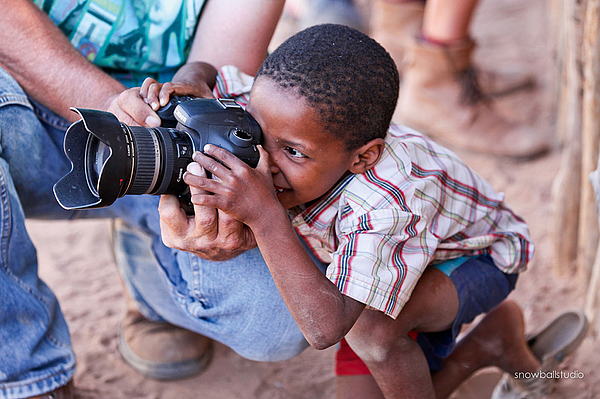
Skeleton Coast
Namibia’s national anthem speaks of the “beautiful contrasting” country and there is no other place that brings this more alive than the spectacular Skeleton Coast. The great Namib Desert meets the rough jagged sea line of the Atlantic Ocean – a hostile jet beautiful place. Bushmen refer to it as the Land God made in anger and when the first Portuguese sailors passed the Namibian coast, they called it the gate of hell because of the hidden rocks and strong currents. Remains of shipwrecks stranded in the sand are still witnesses of this – a somehow spooky yet most pristine places in Africa.
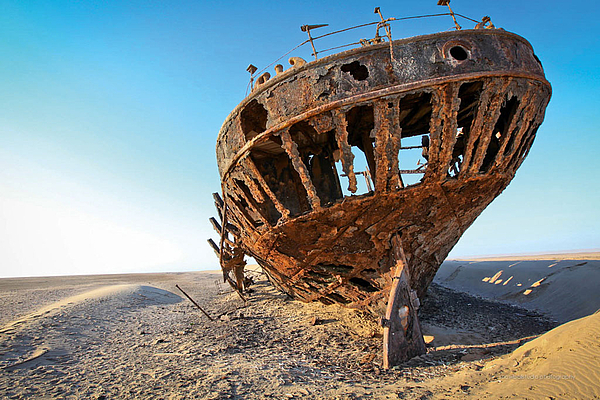
When filling up a 4x4
Being twice the size of Germany, Namibia only has got 2.3 Mio inhabitants. Thus, there are just a few towns and villages, which requires long distance travel by car. This obviously involves some planning in regards to when to take fuel. In Namibia this is made easy for the driver: you don’t have to leave your car, a fuel attendant will do that for you and while you wait he cleans your windows for a small tip. But prepare yourself for what’s next (and this is something that I have not seen in any other country I have been to). In order to make sure that they can fill as much petrol in the tank as possible, the fuel attendants will gather around your car and start to wobble it. Allegedly, the movement is supposed to help removing any air bubbles from the tank and to make space for as much fuel as possible, for you to make your way to one of the next stunning destinations or perhaps back to the airport.

The comPETence center provides your organisation with a dynamic, cost effective way to promote your products and services.

magazine
Find our premium articles, interviews, reports and more
in 3 issues in 2025.



